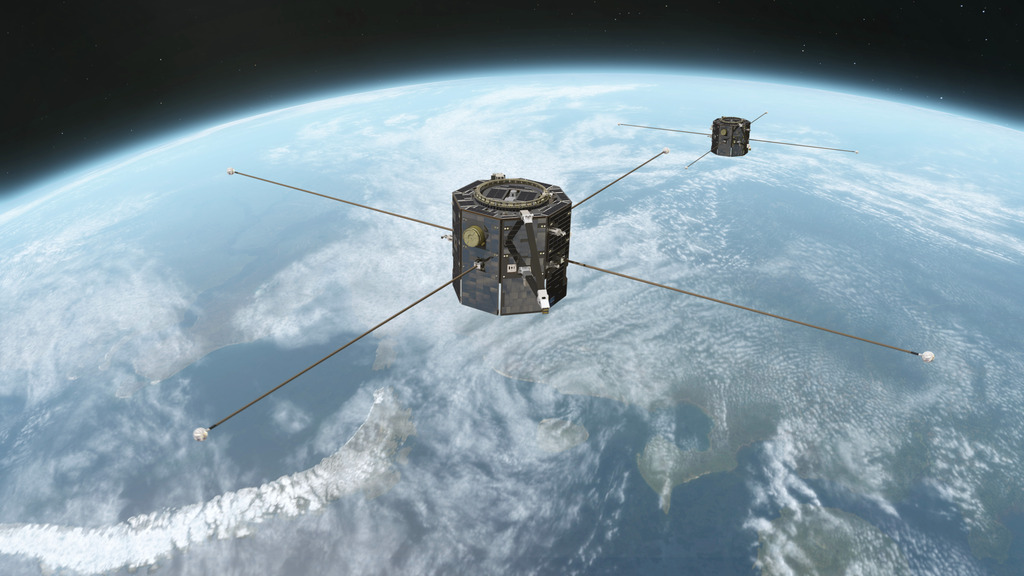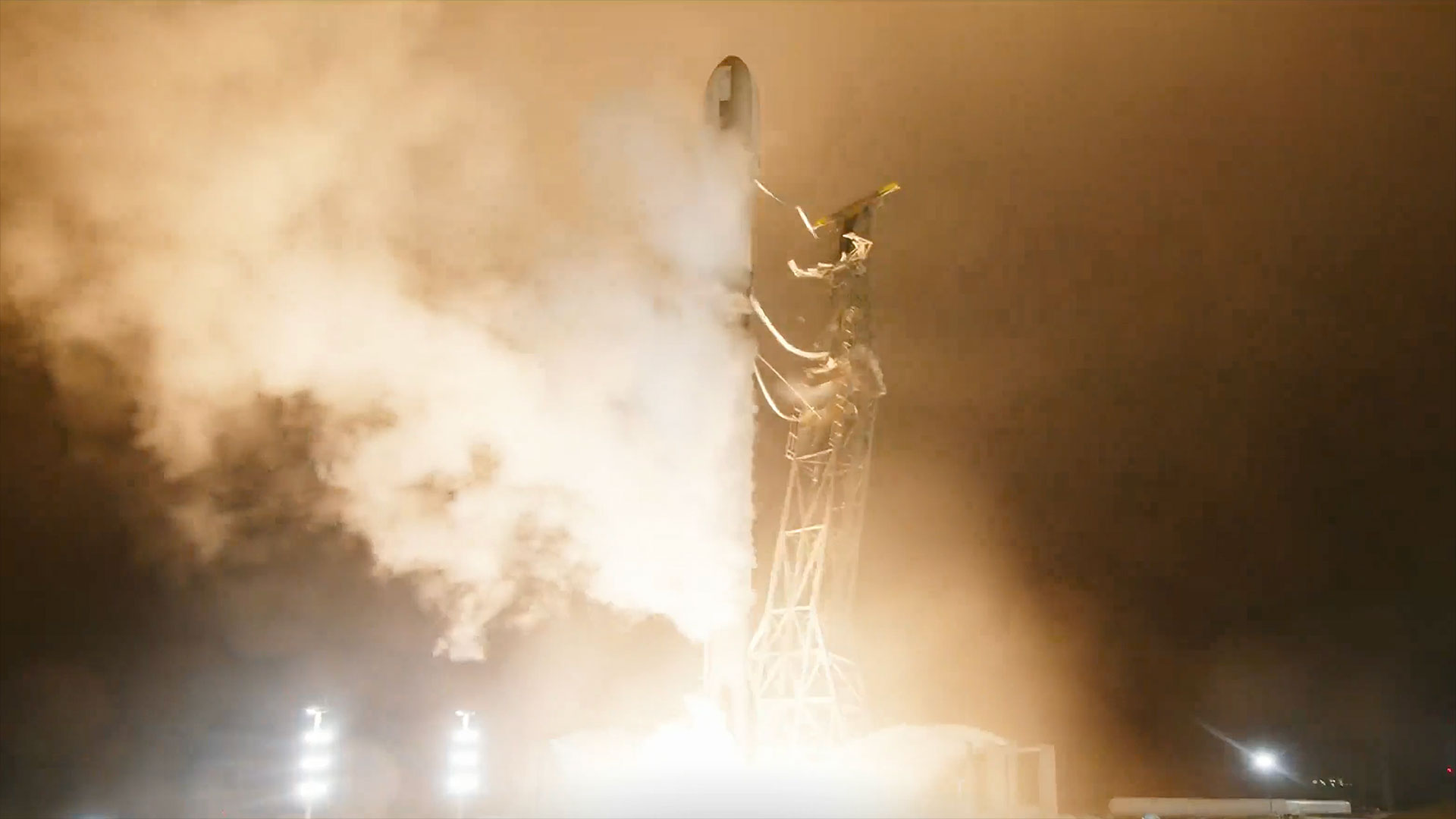FAA closes investigation into SpaceX Starship Flight 7 explosion
The U.S. Federal Aviation Administration (FAA) has closed its investigation into Flight 7 of SpaceX’s huge Starship vehicle, which ended with a dramatic explosion over the Atlantic Ocean.
Flight 7 sent Starship aloft from SpaceX’s Starbase site in South Texas on Jan. 16. Things went well at first; Starship’s first-stage booster, known as Super Heavy, came back to Starbase for a launch-tower landing about seven minutes after liftoff as planned.
However, the giant rocket’s 171-foot-tall (52-meter) upper stage exploded high in the sky a few minutes later, sending debris raining down on the Turks and Caicos Islands.
SpaceX soon traced the anomaly to a propellant leak, which was caused by a higher-than-expected “harmonic response” during flight. The FAA oversaw the SpaceX-led investigation and has accepted its findings, the agency announced today (March 31).
Related: Watch SpaceX Starship explode over Atlantic Ocean on Flight Test 7 (videos)
“The final mishap report cites the probable root cause for the loss of the Starship vehicle was stronger than anticipated vibrations during flight [which] led to increased stress on, and failure of, the hardware in the propulsion system,” FAA officials said in an emailed statement today.
“SpaceX identified 11 corrective actions to prevent a reoccurrence of the event,” the statement continued. “The FAA verified that SpaceX implemented corrective actions prior to Flight 8.”
Starship Flight 8, which launched on March 6, was very similar to Flight 7: The Starbase launch tower caught the returning Super Heavy with its “chopstick” arms, but the vehicle’s upper stage was lost over the Atlantic Ocean. The SpaceX-led investigation into that mishap is apparently still open. (The FAA granted SpaceX approval to launch Flight 8 even though the Flight 7 mishap investigation was ongoing at the time.)
The FAA also announced today that it has closed its investigation into the mishap that occurred during the debut launch of Blue Origin’s powerful New Glenn rocket on Jan. 16.
That mission succeeded in its primary goal, reaching orbit as planned, but New Glenn’s first-stage booster failed during its landing attempt on a ship at sea.
“The FAA oversaw and accepted the findings of the Blue Origin-led investigation,” agency officials wrote in an emailed statement today. “The final mishap report identified the proximate cause of the mishap as an inability of New Glenn’s first stage to restart the engines, preventing a reentry burn from occurring, and resulting in the loss of the stage.”
Both the Starship Flight 7 and New Glenn mishap reports were closed on Friday (March 28), FAA officials said. Neither incident caused any public injuries, and New Glenn’s failed return to Earth didn’t damage any public property. Starship Flight 7 debris caused one confirmed report of “minor vehicle damage” in the Turks and Caicos, according to the FAA.
Source link






